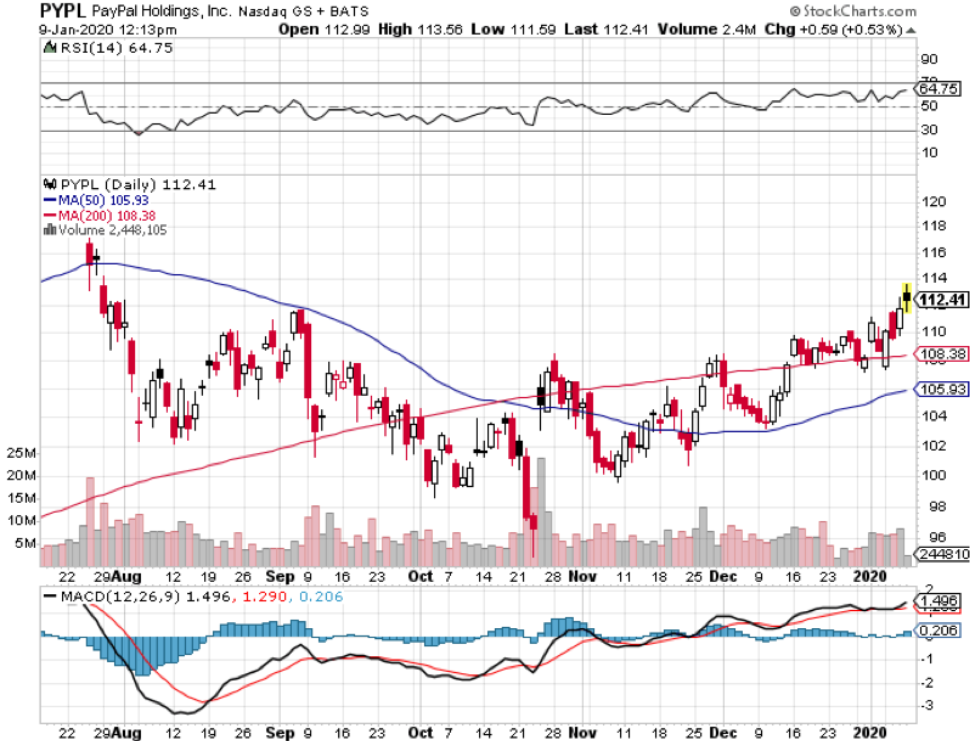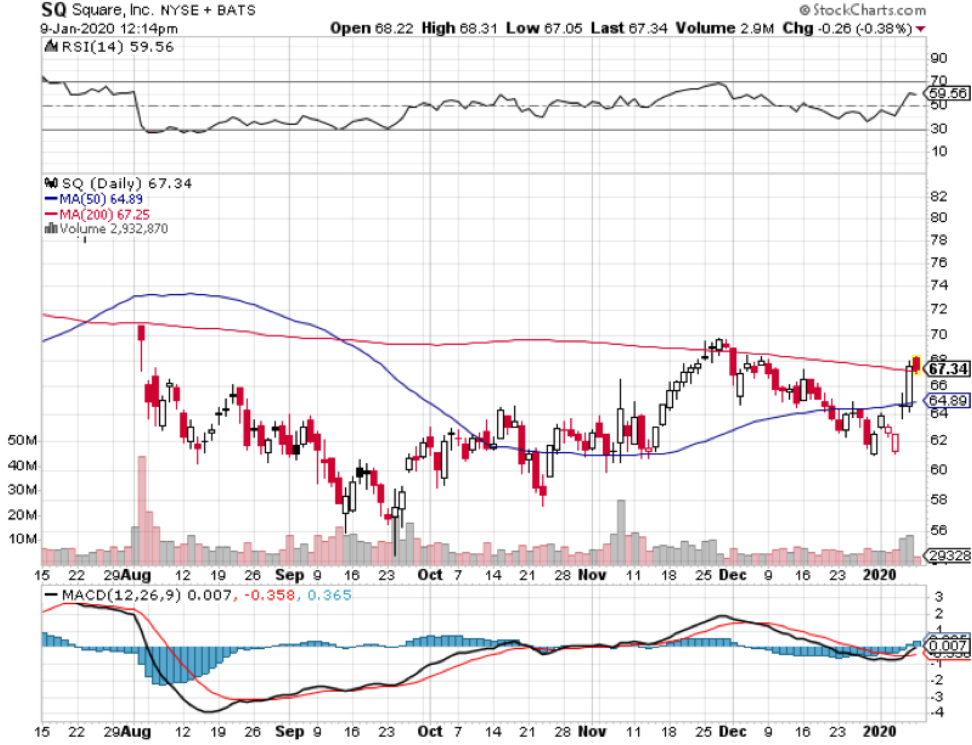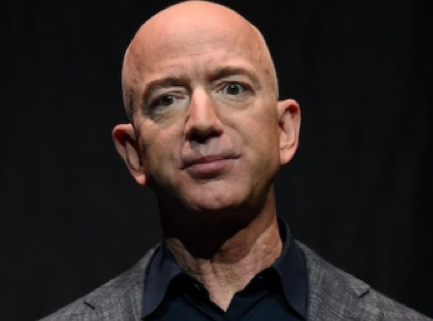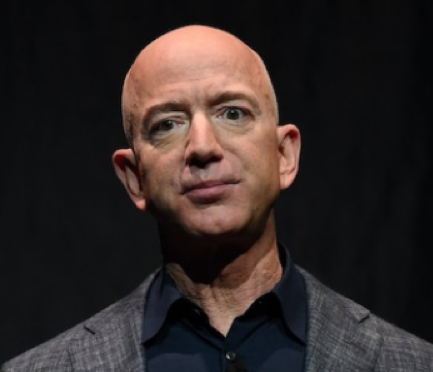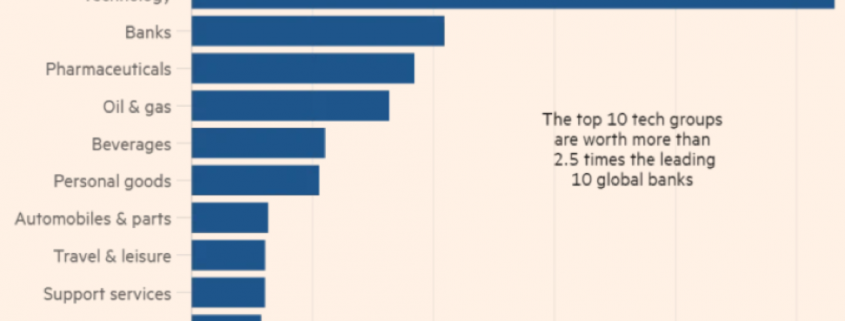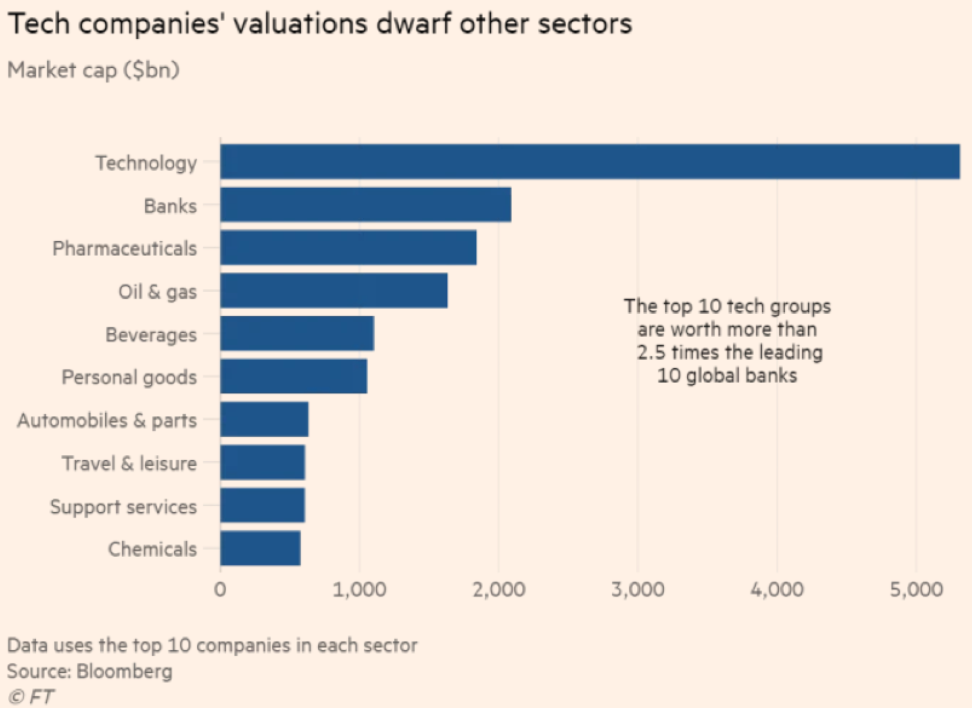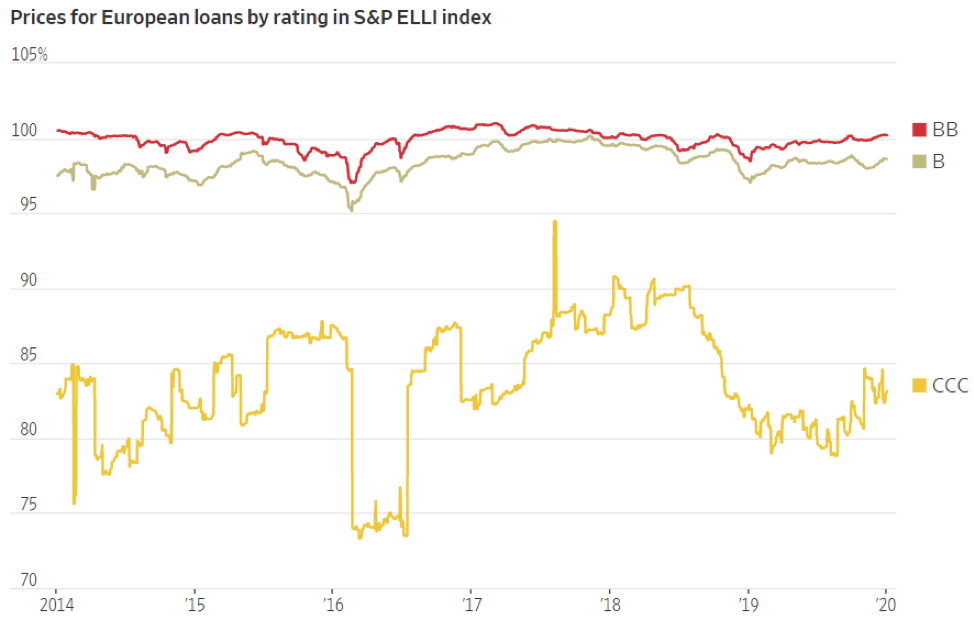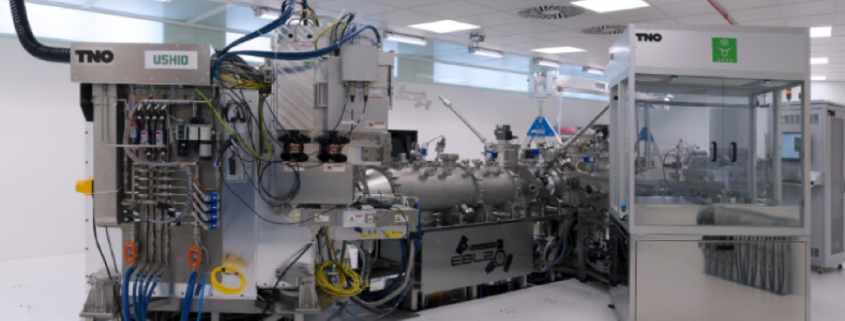“One way to understand human progress is to look at how technology has made products and services - once reserved for the elite - progressively more accessible and affordable.” – Said CEO of PayPal Dan Schulman
Mad Hedge Technology Letter
January 10, 2020
Fiat Lux
Featured Trade:
(FINTECH IS GOING INTO OVERDRIVE)
(PYPL), (SQ), (MA), (V)
Last year was the year of Fintech and 2020 is the year when this industry goes into overdrive.
Let’s take a look at one of my top choices, PayPal (PYPL).
Millennials are the primary customer demographics to the main platform, but the attractiveness of peer-to-peer payment system Venmo is gaining momentum.
PayPal should be on a short list of fintech stocks for investors and there is certainly more room to run for the share price.
Last quarter’s numbers of 9.8 million net new actives mean that PayPal now has 295 million active accounts across all platforms.
Engagement continues to be a bright spot growing by 9% to almost 40 transactions per active account.
Mobile is a major contributor to success with 172 million consumers and 13.8 million merchants.
Venmo processed more than $27 billion in volume for the quarter, growing 64%.
They are doing $300 million in payments per day and an annual run rate that now exceeds $100 billion.
The Venmo team recently inked a deal with Synchrony to provide a Venmo credit card.
Credit products continue to be another gateway to more success with new consumer installment plans in the United States and Germany which allow PayPal customers to pay with streamlined monthly payments.
This capability is already leading to incremental sales and led to signing a long-term strategic partnership agreement with Citi Australia to develop consumer credit products for PayPal's customers in Australia.
Additional relationships were further expanded with Walmart launching PayPal Checkout as the sole payment instrument for its online grocery business in Mexico.
In Japan, PayPal is one of the official partners for the Japanese government's plan to promote cashless payments throughout the country.
PayPal now offers account linking through mobile devices with Capital One and PNC Bank in the United States.
If you thought their international strategy stopped there, there are other irons in the fire.
PayPal became the first non-Chinese payments company to be licensed to provide online payment services in China.
They announced in September that the People's Bank of China has approved a 70% equity interest in GoPay, a license provider of online payment services.
China is a tricky revenue proposition and it’s not guaranteed to flourish on the mainland, but this shows the pro-active way that PayPal seeks to expand its total addressable market and long-term growth prospects.
The license enables PayPal to expand upon relationships with existing partners like China Union Pay and AliExpress and forge fresh partnerships with China's financial institutions and technology platforms.
PayPal’s success has so far depended on innovation and acquisitions - I fully expect this trend to continue in 2020.
PayPal announced it was buying shopping and rewards platform Honey Science Corporation for $4 billion.
This year is the beginning of another compelling one-year bull case aided in part by higher expectations from those diverse set of partnerships, such as with MercadoLibre Inc. and Uber Technologies Inc., along with PayPal’s pricing, Honey online coupon transaction, and Venmo monetization.
I anticipate further sustained overperformance in margin expansion as well.
I expect an overall payments industry-wide volume growth of 11% in 2020 and PayPal will grow into its position in a still healthy broader economy.
Payment sector operating metrics, from credit card volume growth, to enterprise IT budget growth, to U.S. employment growth, are robust supporting the bull case for PayPal in 2020.
Aside from PayPal, my alternative favorites in the payments space that could see anywhere from 7%-20% share appreciation in 2020 are Square (SQ), Mastercard Inc. (MA), and Visa Inc. (V)
It is likely that 2020 will signal a new decade of super growth for the digital payments market.
And I expect PayPal to increase its solid footprint in web, in mobile app platforms, and in retail stores globally through organic growth, acquisitions, and partnerships.
PayPal’s profitable business model and pro-active management will help the share price reach new highs.
However, not only for fintech stocks, but the overall market is ripe for some profit-taking in the short-term because of the recent melt-up.
“One of the only ways to get out of a tight box is to invent your way out.” – Said Founder and CEO of Amazon Jeff Bezos
Mad Hedge Technology Letter
January 8, 2020
Fiat Lux
Featured Trade:
(THE TOP IS NOT IN FOR TECH STOCKS))
(AAPL), (FB), (GOOGL)
Tech shares are pricey, but that doesn’t mean they can’t get more expensive.
Strength often begets strength.
Let’s take for instance Apple (AAPL) – it delivered investors 86% in 2019 and that was their best performance in the past 10 years.
This was on the heels of a tumultuous 2018 where Apple sank 6%.
Many of the best of brightest of the tech industry beat the S&P last year, which itself gained 29%.
And as Apple leapfrogged into the software as a service business, they find themselves shunning China hardware revenue that got themselves into the 2018 mess.
Apple is betting that the confines of stateside consumer culture will offer greener pastures.
Overall, the market is pricing in a lukewarm 2020 for tech earnings boding well for the elite tech stocks that celebrated touchdown after touchdown in 2019.
Surpassing low expectations could be another rewind back to Q4 2019 which was a time that offered tech shares a platform to surge to all-time highs.
The worrying development for 2020 is that poorer-rated tech corporations won’t have the same access to cheap debt as they did in 2018 or even 2019.
The chapter of loose credit is about to close stymying loss-making tech companies who thought they could use subsidies to achieve success.
The prices of CCC-rated European bonds have declined immensely in the past year showing investors' lack of appetite for the riskier part of the corporate debt market.
Venture capitalists aren’t going to foot the bill for the next big thing in Silicon Valley at this point in the economic cycle unless the unit economics are too good to be true.
The story of 2020 will be the intensification between the haves and have nots in tech.
This is the case of the market putting a premium on time-honored tech brands and bulletproof balance sheets that they have cultivated.
On a broader level, the Fed who has presided over a $600 billion expansion in their balance sheet in the last four months offers yet another tailwind to tech shares in the short-term.
The Fed’s decision in the last few months to re-start large-scale asset purchases will help keep a foot under tech shares in early 2020 and responds like a de facto QE.
If you thought 2019 was a bad year for Uber and Lyft, then wait until this year plays itself out.
The gig economy stocks are in the direct firing line with nowhere to run and other non-sensical profit models will find it costly to search for debt alternatives in which to service their visions.
If the tech sector does become a war of attrition between the FANGs staving off one another by acquiring inorganic growth, then marginal tech players will get squeezed because they don’t have the capital bazookas to compete with the likes of Facebook (FB) and Google (GOOGL).
This is the year that we could see a slew of fringe tech companies go bust as debt markets sour on false narratives of future profits and equity markets turn against them.
The feast versus famine theme is also aligned with 5G, with many of the same cast of characters such as Apple, Alphabet posed to usurp revenue when this new technology finally becomes pervasive in consumer culture.
The Apple refresh cycle will dust off its playbook for another blockbuster rollout later this year when Apple debuts its much-awaited 5G phone.
Much of the share appreciate in Apple of late can be attributed to the anticipation of the new iPhone and the fresh infusion of revenue that branches off from it.
The applications that result from the new 5G Apple phone is seen as a luscious force multiplier to many 3rd party companies as well.
Chip stocks will be counted on as the ones lifting the tech foundations and just looking at shares in China, demonstrations of frothiness are running wild throughout their markets.
The Chinese government, to counteract the trade war, has been on a mission to flood its tech sector with unlimited capital as a catchup mechanism to overcome its inferior domestic chip industry.
Will Semiconductor, a supplier of integrated circuit products for telecommunications and electronics for cars, delivered a 390% performance in 2019 ranking it as the best performer in the Chinese stock market.
Luxshare Precision Industry and GoerTek, suppliers of consumer electronics products supplying Apple, and GigaDevice Semiconductor, producing flash chips, weren’t too shabby either each eclipsing at least 193% last year.
Even though 5G construction isn’t fully operational, I can attest that revenue creation for the companies involved are in full swing.
Investors must narrow their pickings to the biggest and financially resilient; this is not the time to expose oneself to the ugly trepidations of the mood-sensitive tech market.
For investors who can balance the delicate relationship of risk and surgical maneuvering, this year will end positive.
“Technological progress has merely provided us with more efficient means for going backwards.” – Said English writer and philosopher Aldous Leonard Huxley
Mad Hedge Technology Letter
January 6, 2020
Fiat Lux
Featured Trade:
(THE FUTURE IS HERE)
(USHIO)
Transistor capacity has always put the kibosh on semiconductor chip performance.
Chipmakers have for decades drained investment into a revolutionary Japanese technique to stretch the limits of physics and cram more transistors onto pieces of silicon.
A secretive Japanese company that mastered the skill of manipulating light for applications is about to go mainstream with cutting-edge technology.
Ushio Inc. achieved the once thought impossible task of refining powerful, ultra-precise lights needed to test chip designs based on extreme ultraviolet lithography (EUV), a process through which the next generation of semiconductors will be made.
The milestone means that the Japanese company will become a prominent player in future chipmaking and the technology that harnesses it.
“The infrastructure is now mostly ready,” said CEO Koji Naito in an interview.
Testing equipment was primarily holding back extreme ultraviolet lithography (EUV), but with that hold-up dealt with, production efficiency and yields can finally go up setting the stage for electronic manufacturers with the possibilities of producing substantially better consumer products.
The Tokyo-based company developed a light source for equipment used to test what are known as masks: glass squares slightly bigger than a CD case that act as a stencil for chip designs. These templates must be picture-perfect, even an iota of error in one of them can render every chip in a large batch unfit.
That’s where Ushio seamlessly slots in.
Its technology operates lasers to vaporize liquid tin into plasma and produce light closer in wavelength to X-rays than the spectrum visible to the human eye.
That light aids chipmakers in detecting errors in the product.
This process takes a room-sized machine that looks like a sci-fi death ray and requires a phalanx of workers to operate.
After 15 years of industrious development, the EUV business will generate profits next year.
Only Intel Corp. (INTC), Samsung Electronics Co., and Taiwan Semiconductor Manufacturing Co. (TSM) desire to go smaller than the 7-nanometer processes that are the current status quo of central processing unit (CPU) design.
The focus on niche areas and creating things that others can’t is set to pay dividends for Ushio.
Ushio is poised to seize control of the market for light sources used in the testing of patterned EUV masks, there are several boutique tech companies in the Tokyo area that are incessantly focused on high-precision manufacturing.
Ushio dominates lithography lamps used to make liquid crystal displays with 80% market share and controls 95% of the supply of excimer lamps used in silicon wafer cleaning.
Their secret sauce is balancing mass production with craftsmanship.
Materials like quartz glass are arduous to work with and possess peculiar thermal expansion properties from metals like the molybdenum in which they are housed.
I know this stuff seems like out of the realm of science fiction, but Japanese-specialized firms have always been at the vanguard of the semiconductor technology and that is still the same today.
Ushio was established in 1964, and it was the first Japanese company to develop and produce halogen lamps.
Starting from 1973, fishermen used its lights to catch squid in Tokyo Bay.
The firm has succeeded in more than tripling its sales over the past 25 years.
The company is now venturing into the use of sodium lamps to nurture plants and using ultraviolet light calibrated to such a precise wavelength to kill bacteria without damaging human skin.
“If you can't make it good, at least make it look good.” – Said Founder of Microsoft Bill Gates
Legal Disclaimer
There is a very high degree of risk involved in trading. Past results are not indicative of future returns. MadHedgeFundTrader.com and all individuals affiliated with this site assume no responsibilities for your trading and investment results. The indicators, strategies, columns, articles and all other features are for educational purposes only and should not be construed as investment advice. Information for futures trading observations are obtained from sources believed to be reliable, but we do not warrant its completeness or accuracy, or warrant any results from the use of the information. Your use of the trading observations is entirely at your own risk and it is your sole responsibility to evaluate the accuracy, completeness and usefulness of the information. You must assess the risk of any trade with your broker and make your own independent decisions regarding any securities mentioned herein. Affiliates of MadHedgeFundTrader.com may have a position or effect transactions in the securities described herein (or options thereon) and/or otherwise employ trading strategies that may be consistent or inconsistent with the provided strategies.




